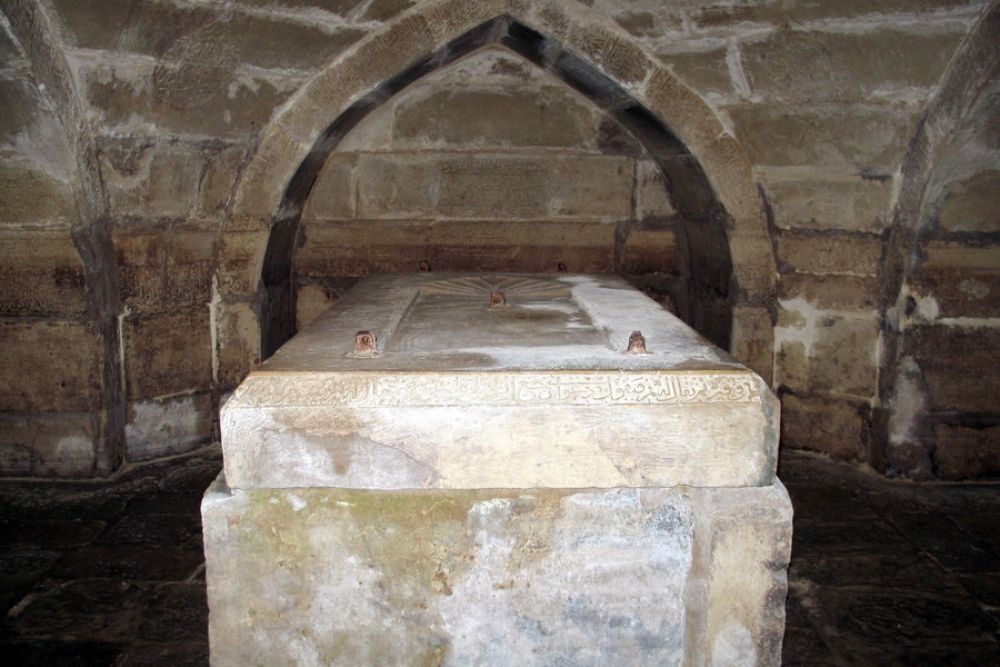

The history of tourism at the Crypt of Tamerlane (Amir Timur Maqbarasi) in Shakhrisabz, Uzbekistan is intrinsically linked to the region's rich cultural and historical heritage. The city of Shakhrisabz, which literally means "Green City," is one of the ancient cities of Central Asia, with a history dating back more than 2700 years. As the birthplace of the great conqueror Amir Timur, also known as Tamerlane, Shakhrisabz has long been a site of historical pilgrimage and scholarly interest.
Founded in the 7th century BC, Shakhrisabz grew in prominence during Timur's reign in the 14th and 15th centuries. His contributions to the city's architecture have left an indelible mark, and the Crypt of Tamerlane is among the most significant Timurid structures. Initially, Tamerlane intended it to be his mausoleum; however, he was ultimately buried in Samarkand. Nevertheless, Shakhrisabz retained its importance and became a symbolic site representing Timur's power and legacy.
Interest in visiting the Crypt of Tamerlane began to grow significantly in the early 20th century, particularly during the Soviet era, as archaeological studies revealed more about the Timurid dynasty. With Uzbekistan's independence in 1991, the government has actively promoted its historical sites to attract international tourism.
In 2000, UNESCO declared the Historic Centre of Shakhrisabz, including the Crypt of Tamerlane, as a World Heritage Site, which significantly boosted visitor numbers. Enhancements in amenities, guided tours, and international promotion deepened the global interest in this historic attraction.
In recent years, there has been a shift towards experiential and educational tourism in Uzbekistan. Visitors to the Crypt of Tamerlane are now looking for authentic experiences that provide a deeper understanding of Timur's life and the Timurid Empire. The rise of digital technology, including virtual reality and augmented reality, has been proposed to enhance the visitor experience further by reconstructing the historic context of the site.
Eco-cultural tourism has also emerged as a trend, focusing on the preservation of cultural heritage while sustaining the environmental integrity of the region. Within this framework, Shakhrisabz has managed to maintain a balance between welcoming tourists and preserving the city's historical fabric.
With a combination of concerted conservation efforts and a growing interest in Central Asian culture, the future of tourism at the Crypt of Tamerlane is bright. The Uzbekistan government continues to prioritize the tourism sector, seeing it as an economic driver and a way to share the country's unique history with the world.
Investments in infrastructure, international marketing campaigns, and partnerships with countries along the Silk Road are set to ensure that Shakhrisabz and the Crypt of Tamerlane remain a treasured destination for visitors from around the globe.